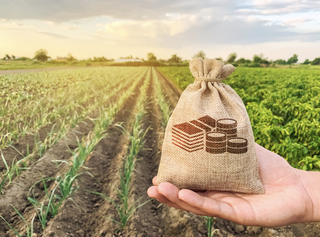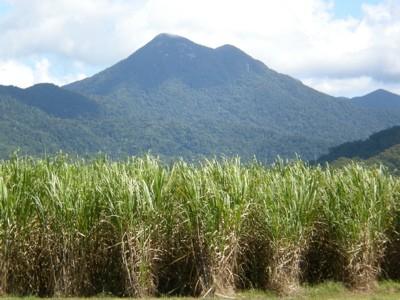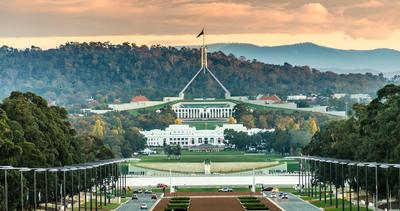What the 2021 Budget Means for Farmers and Rural Areas


2021 budget means more resources for farmers
The recent announcement of the 2021-2022 federal budget brings good news for Australia’s regional, rural, and remote communities. As the government moves forward with its plan to increase the value of the agricultural industry to $100 billion by 2030, this budget delivers a lot to farmers.
Highlights include increased spending on biodiversity and biosecurity, though farmers seeking support for recruiting overseas workers will be disappointed. While $25.2 million has been committed to attract more people to the sector, there is no guarantee of increasing the workforce in a stable manner.
Soil strategy
One of the most significant aspects of the government’s agricultural budget this year is its spending on soil. Roughly $200 million has been committed over 4 years to the National Soil Strategy, which involves soil testing and rebates for farmers involved.
There will also be almost $60 million invested into trialling a new feed supplement for livestock, which aims to lower-emissions through soil management.
A whopping $370 million is committed to increasing the nation’s biodiversity, with a further $32 million going into promoting on-farm biodiversity.
Drought relief
A drought relief package of $212 million has also been secured, with $173 million going into a future drought fund over the next 4 years. Any farm business income reconciliation debts will also be waived.
Farmers can continue to make use of the On-Farm Emergency Water Infrastructure Rebate Scheme, which has been extended to June 2022. $50 million has been allocated to the scheme as part of government efforts to alleviate drought.
Animal control
Rural Australians concerned with the feral animal population can rest easy knowing that $29 million is going towards a strengthened approach to tackle feral animal control.
The plan has also committed $370 million to increasing protection of rural communities from pests and disease. This comes alongside an allocation of $65 million to better support rural GPs.
Healthcare
The Department of Health plans to spend an impressive $4.5 billion in programs over the next few years as it implements programs and initiatives to improve access to healthcare and aged care in rural and remote locations.
Most immediately, $3 billion will be allocated to providing the critical services required to combat COVID-19 in rural Australia, from vaccine rollout to improved telehealth services. Over the next 2 years, the Department also plans to have an additional 700 doctors and 700 nurses providing services to regional communities.
There will be $65.8 million invested in the next 4 years to increase bulk billing incentives, and $688 million committed to aged care reforms.
Mental health and suicide prevention programs will also receive funding; the Department is investing $171.3 million for psychosocial support services and $11.2 million for broadening rural Australians’ access to digital mental health services. An extra $79 million will be going towards Aboriginal and Torres Strait Islander services.
Infrastructure
Investing in regional Australia means more than just agribusiness-related spending. The government has also committed $15.2 billion for road, rail, and community infrastructure projects.
The forthcoming construction projects are expected to create 30,000 jobs, directly and indirectly, for Australians. Up to $20 million will be available for each state and territory’s infrastructure projects, with the federal government contributing up to $5 million.
Digital connectivity
$85 million will be going towards the Regional Connectivity Program to increase access to broadband and mobile services.
For small businesses in rural and remote areas, $12.7 million will be invested to expand Digital Solutions – Australian Small Business Advisory Services, which aims to support the adoption and professional use of digital technologies.
Just under $190 million will also be committed to improving job opportunities and digital connectivity in the northern reaches of Australia in particular.
Finances
The popular tax incentive that allows Australian businesses to write off assets almost instantly will be extended until June 30, 2023. This will deliver $20.7 billion in tax relief and support roughly $320 billion worth of investment.
Farmers who have received the Farm Household Allowance – which includes over 5,000 people – will also have business debts waived.








